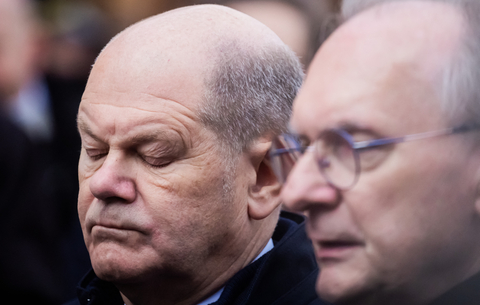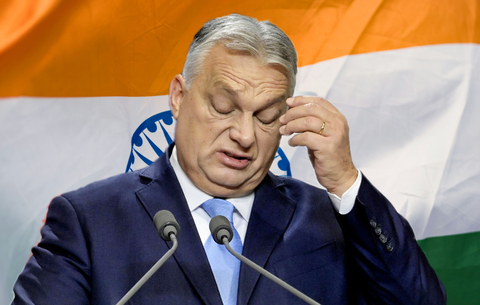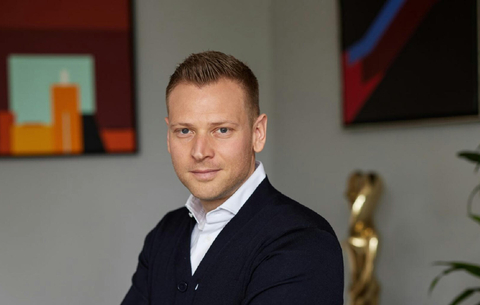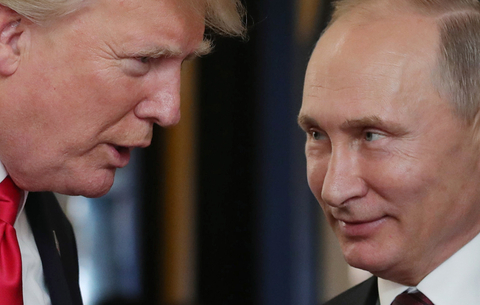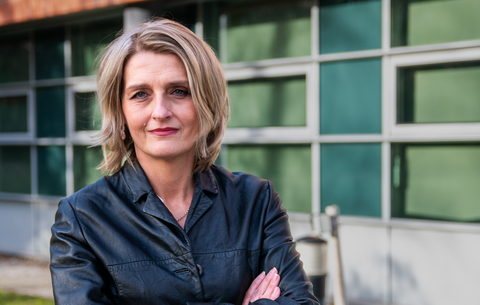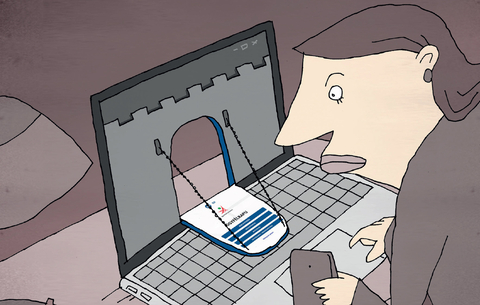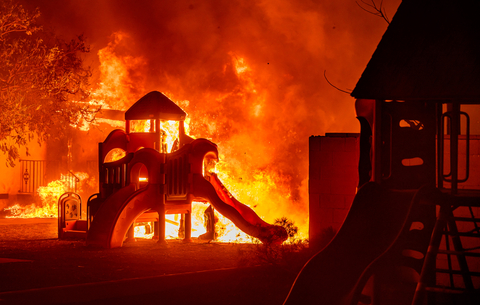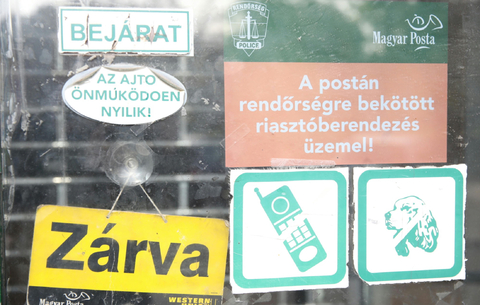Down the tube
As the central and city governments promise an ever longer fourth metro line, the completion date recedes further into the future. The latest schedule sees the complete line, from Kelenfold to Bosnyák tér being completed by 2010.
Budapest City Hall has notched up another, possibly virtual victory in the battle for a fourth metro line. By the end of June, parliament is likely to have passed a law on extending the first construction phase to Bosnyák tér. The city government, which seems to have staked its reputation on the fourth metro, has managed to get two laws on the project through parliament in the past two years. But the completion date continues to slip. Back in 2003, it was hoped that the first, ten station section would be ready by 2008, but that date has already slipped by a year. A further four-station section is now due to be completed by 2010. City Hall blames protracted legal squabbles for the delay.
But the lengthy arguments between city and government on extending the metro would be harder to blame on legal difficulties. The government promised City Hall the four extra metro stations last spring, with a parliamentary debate due to be held in June last year. But the Finance Ministry has been more concerned with cutting expenditure over the past year, and building the four extra stations would add another Ft70bn to the costs of a project that is already over budget. According to their agreement, the government will bear 79% of the costs, with the remainder to be paid by the city.
In April, the Finance Ministry tried to remove the metro project from the budget entirely in an attempt to cut the budget deficit. The plan was to declare the project a public-private partnership and have a (quasi-)private company take out the necessary loan. This approach was first used in connection with the motorway building programme. But since the ‘private company’ in question would have been the city’s own Budapest Transport (BKV), City Hall quickly shot down that idea. BKV’s finances have been precarious for years, and forcing it into this new role would also have delayed the investment by a further couple of years, since a financing agreement with the European Investment Bank would have needed to be renegotiated.
Following that fiasko, the Finance Ministry returned to the original plan, which was more favourable to the city. In this version, the government will cover both the government’s and the city’s share of the costs in 2007 and 2008 until it has repaid the sums that that the city spent on preparatory work from 2002 onwards. The government will also help the city get its hands on the necessary money by providing a loan equal in value to the VAT rebate that the city will eventually be able to claim. Once the metro has been handed over to BKV, the city will be able to repay the loan using the rebate.
The argument for extending the metro immediately was financial, not political, it is claimed in City Hall. Building all 14 stations in one go will cut the cost of the project by 10-15%. László Gulyás, director of the company set up to coordinate the investment, adds that it became clear the Baross tér was ill-suited to serve as a temporary terminus. There is no space for a park and ride in the area, and increased traffic would cause chaos above ground. Bosnyák tér has more scope for car parks and bus and tram terminuses.
But there are still arguments over the construction programme. According to Lajos Dorner, spokesman for the respected public transport pressure group VEKE, “the planned route for the fourth line is simply wrong, so it would be best not to build it.” VEKE believes that the transport specialists working on the project know, but are reluctant to say that the thirty year-old plan for a fourth metro line is now outdated, for fear of losing guaranteed funding. The pressure group believes that the new line would not solve the city’s most serious transport problems: congestion on roads entering the city, the lack of transport links with outlying districts and inadequate provision for commuters from nearby towns. The fourth line only links inner city districts, and will only make a difference to 5-10% of travellers, according to VEKE, whereas for the same price almost a third of commuters could be helped by improving suburban railway links and surface transport. And there would even be money left over for the planned fifth metro, which VEKE believes to be far more appropriate to the city’s needs. This plan involves linking the Csepel, Ráckeve and eventually the Gödöllő suburban railway lines to Astoria on the second line.
But Gulyás disagrees. VEKE simply will not accept that there is little more that can be done in the way of surface transport to help the inner city, he says. The number 7 bus, for example, is frequently delayed crossing the inner and outer Körúts, despite running on a dedicated bus lane.
The parliamentary opposition has not adopted VEKE’s trenchant line. Despite this, Socialist and Free Democrat MPs voted down all of the opposition parties’ more moderate amendments, saying that they wanted to build a metro, not get involved in endless arguments over its route. The Fidesz MP Zsolt Wintermantel’s proposal that a Budaörs branch be constructed met the same fate. He – along with the Fresh Air Group – has determined that the line could be extended from Kelenföld to the Budaörs Flower Market, easing congestion along Budaörsi út and around the Gazdagrét housing estate. Senior politicians in City Hall have anonymously admitted that the technical issues raised by VEKE did conflict with certain political considerations. Until the current system of town and county authorities is replaced with a regional authority, the capital has no interest in burdening its own budget by helping another local authority.
